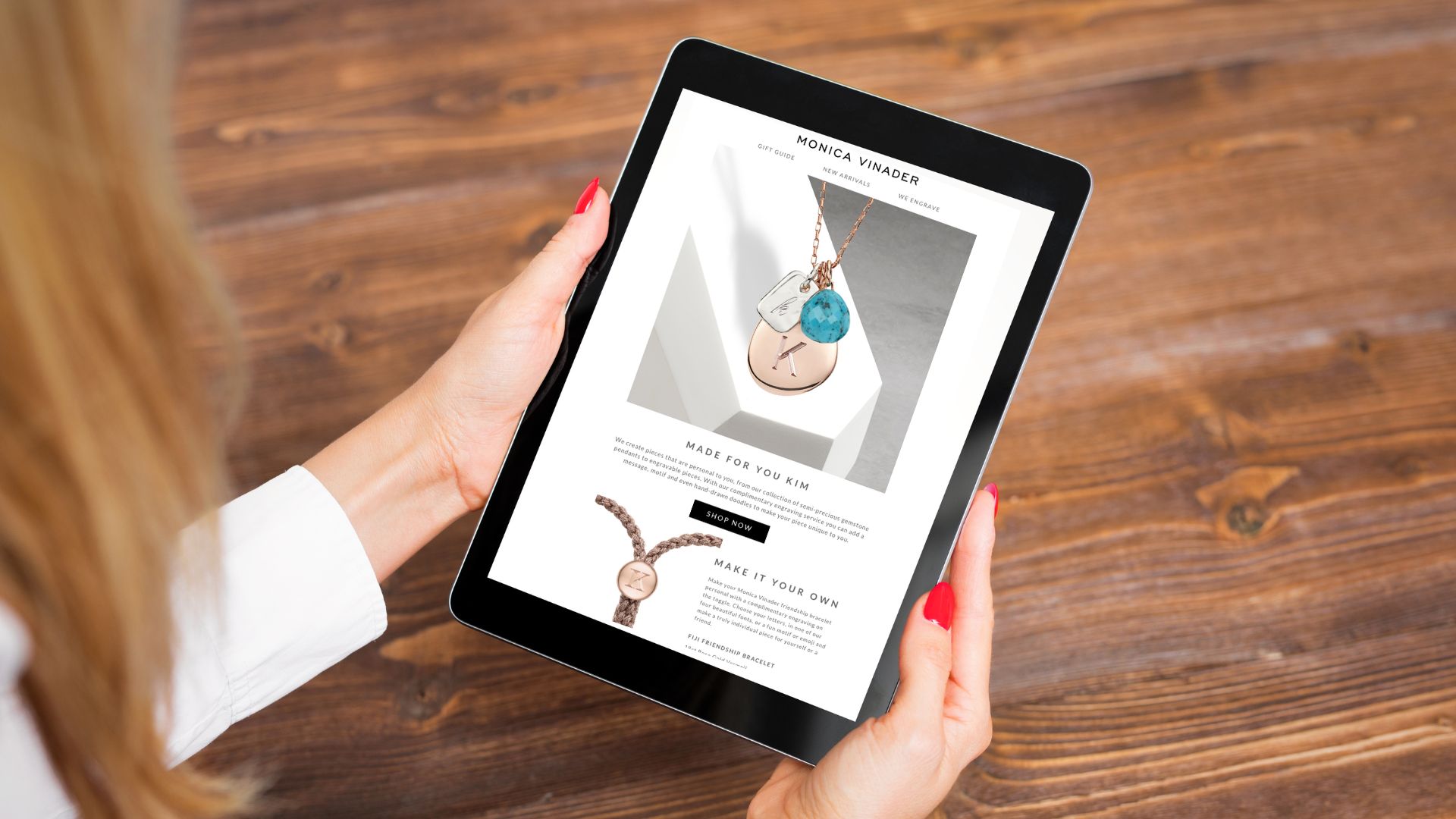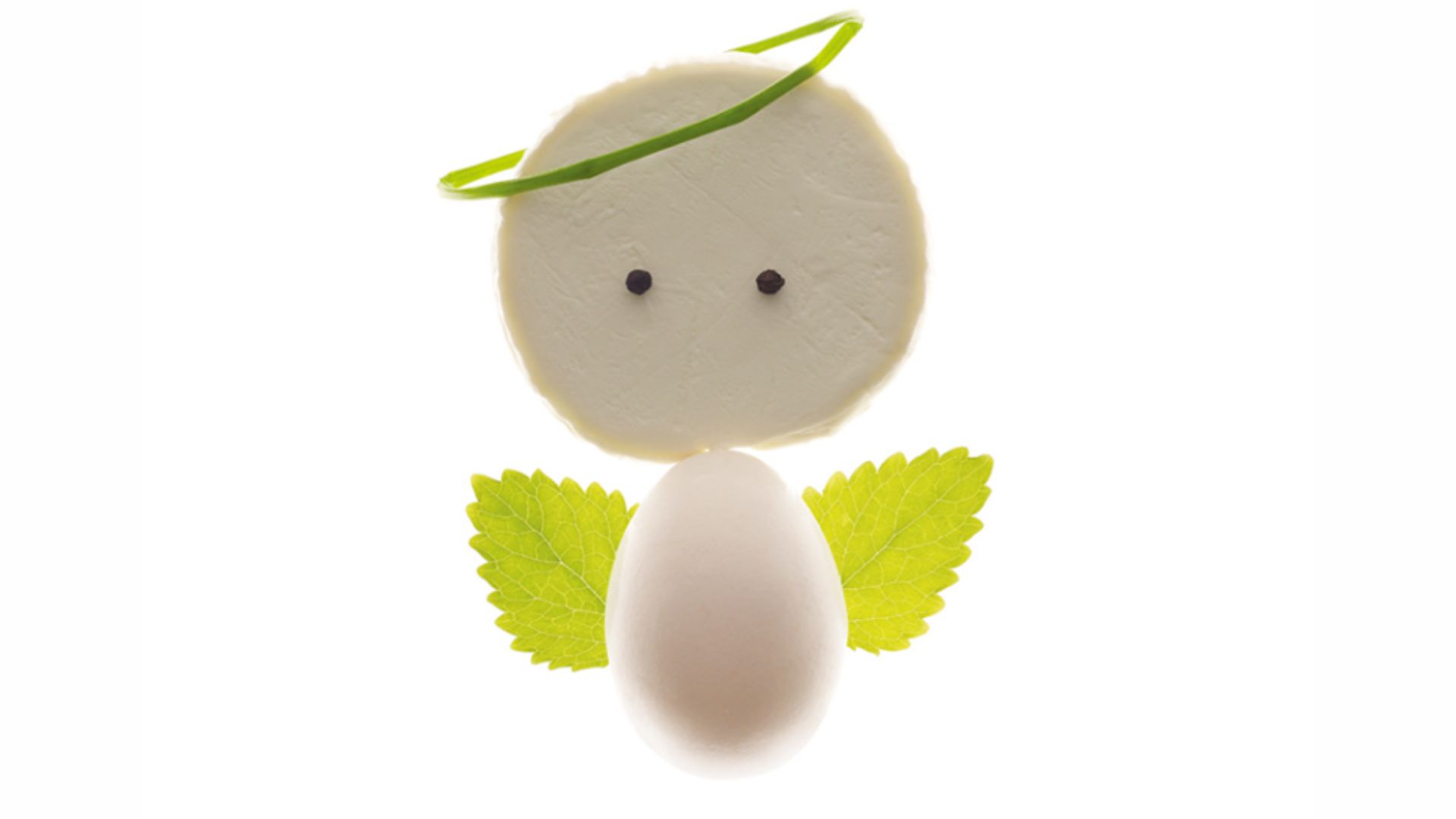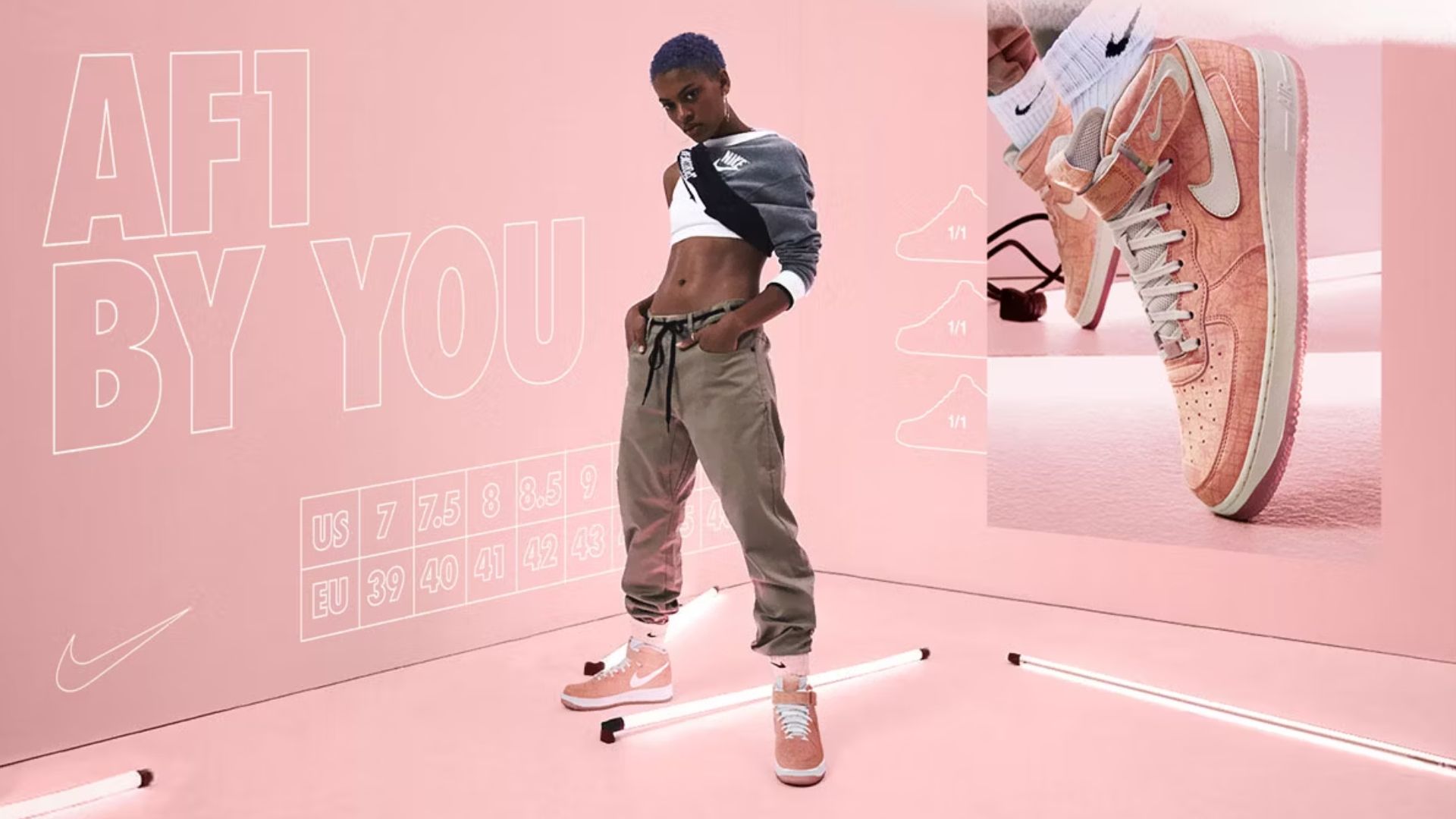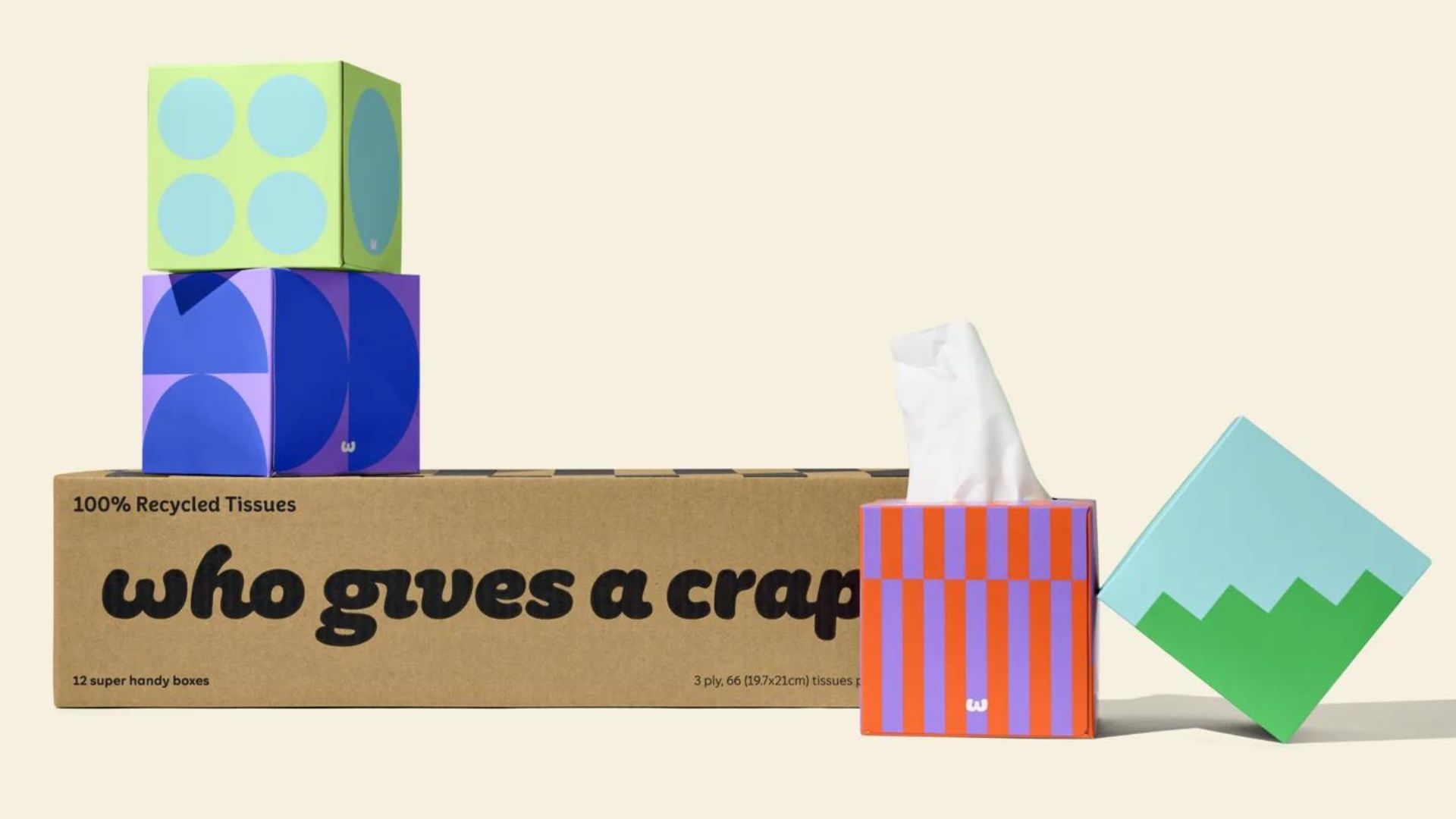What are the key trends we expect to see in consumer behaviour in 2024?
In our latest Consumer Trends thought-starters for 2024, we explore the impact of ‘TikTok brain’ on already dwindling attention spans, the influence of distrust in consumer decision-making, our evolving relationship with AI, and the reality of cost of living on sustainable choices.
As the mental availability window is narrowing, the value and scope of time is redefined.

Just a 5% increase in attention can result in a 40% lift in brand awareness.
‘TikTok brain’ is decreasing consumer attention spans, now even shorter at just an average of 8 seconds. (Microsoft, 2022)
As focus dwindles in rise of ‘snippet culture’, capturing that instant connection is increasingly important - just a 5% increase in attention can result in a 40% lift in brand awareness (Realeyes, 2022), expanding impact beyond just that consumer interaction.
So how do brands achieve this?
The NBA curate and customize their content for each social platform. If you want news, follow them on X, if you want to watch game highlights, follow them on Instagram. Their TikTok strategy hinges on their understanding of what consumers want to see when they open the app: short-form, engaging content. Catering to their 15 million followers on TikTok, the NBA uses the platform to share short, funny, shareable clips from games.

Consumers seek personal experiences from brands.
77% of consumers prefer a personalised experience (SAP Emarsys, 2023), and 75% are prepared to spend more online if their experience feels customised (WGSN, 2023) – feeling understood and valued as a customer on an individual level is key to conversion.

62% of consumers want brands to help them feel stronger emotions, as they no longer view brand interactions as purely transactional.
How do brands cater to this?
Adidas’ email segmentation delivers styles and items to the inboxes of customers who are most likely to purchase, based on past user data such as gender. A simple but impactful way to generate conversion.
Monica Vinader takes this a step further, sharing customisable jewellery via email with the customer’s initials engraved in the image, building on the brand’s reputation of creating unique pieces that are truly personal to their consumers.

Building trust is key to creating long lasting relationships.
Over 70% of global consumers say they are willing to pay more for goods made by a company known for ethical practices.
Distrust is now societies default emotion (Edelman Trust Barometer). 68% of consumers are influenced by brand stories (The Brand Shop 2023) - brands should seek to develop an intimate connection through developing and sharing their own identity.
Over 70% of global consumers say they are willing to pay more for goods made by a company known for ethical practices, even amidst rising inflation (PWC, 2023). To entrench trust, brands must not only address ESG motivators, but follow through with water-tight action.
Which brands are most trusted by consumers?
Ben & Jerry’s has always stated their mission to ‘use ice cream to change the world’, a statement that would sound disingenuous if it weren’t for their consistent and continued work to support human rights and protect the environment.
Pret-a-manger is a stand-out example of a brand that focuses on action first. Their Rising Star programme aims to provide jobs to the homeless, they donate food daily to homeless shelters and the Pret Foundation Trust pledges to alleviate poverty in the UK, and their ‘random act of kindness’ gives employees the option to give away one free coffee a day to any consumer they choose. Their messaging on ESG builds trust with consumers as they are doing, and not just saying, the right thing.

The real opportunity in AI and technology lies in perfecting the balance.
Over 86% of US shoppers still want to interact with a human .
The metaverse is predicted to reach $800 billion by 2028 (DemandSage, 2023).
Yet only 16% of American stated they understand the metaverse (Dept, 2022). Brands must ensure their ventures into the new digital and virtual age do not lose sight of where their target consumer is at on this journey too.
Over 86% of US shoppers still want to interact with a human (SAP Emarsys, 2023). Replacing too much of the consumer interaction with convenient and cost-effective automation has the potential to alienate customers.
Which brands have perfected the art of the phygital?
Instacart, the grocery delivery and pickup business has created an in-app chatbot with OpenAI to suggest items based on a user’s budget, and to answer questions about nutrition and preparation.
Nike’s ‘By You’ campaign gives consumers the power to design their own trainers using AI-powered personalisation.

While these designs are not available for purchase (yet) the brand gains valuable insights into what their customers want from future drops.
Sustainability consciousness remains strong, harnessing it lies in understanding how it is affected by other factors.
Globally, 97% of people are now prepared to take action to live more sustainably (Kantar, 2023); brands have a responsibility to support and cater for this.
45% of Gen Z say that cost is the biggest barrier to shopping for sustainable items.
However, 50% of the UK state a lack of information about sustainability stopping them from adopting eco habits (Deloitte 2023), and 45% of Gen Z say that cost is the biggest barrier (EY, 2023).
Brands should seek to build emotional and educational relationships with consumers that reflect their ESG commitments.
Which brands are doing this best?
OceanSaver is an FMCG brand that is dedicated to reducing single-use plastic through their cleaning products that are recyclable, refillable and reusable, and come in cheaper than some of the leading brands.
Who Gives a Crap has become one of the most well-known toilet roll brands through smart marketing and their unabashed commitment to protecting the environment and reducing waste.

Their campaigns give clear statistics to back up their purpose, and 50% of their profits go to ensuring communities have access to clean water.

